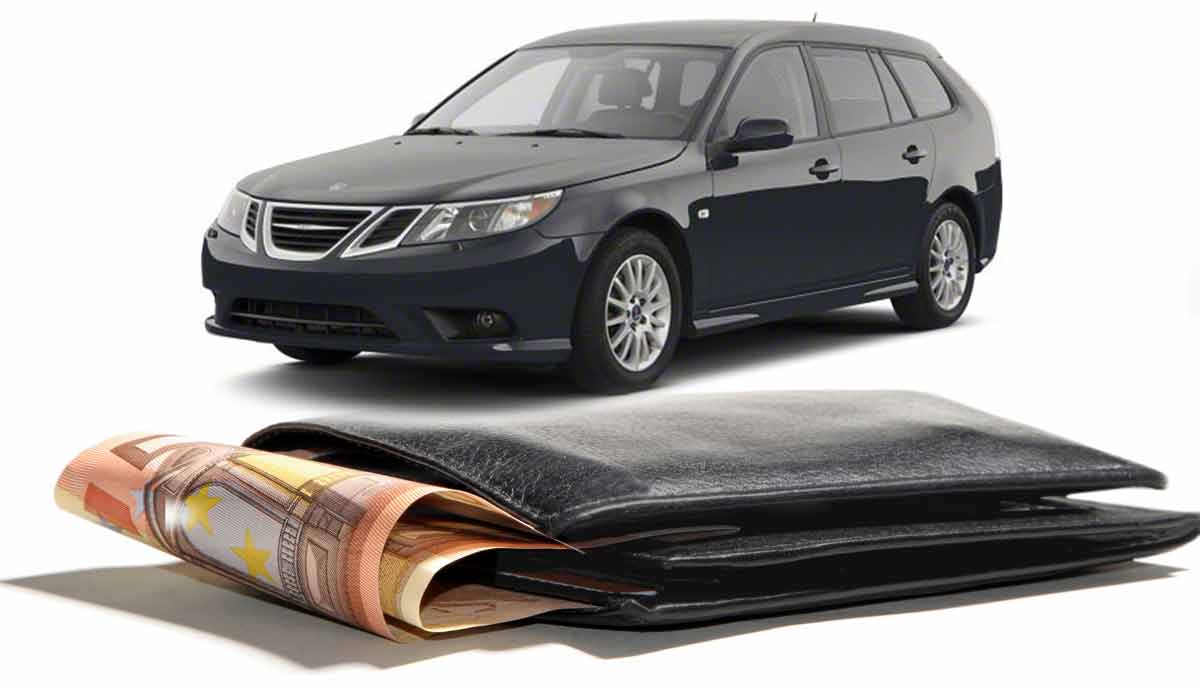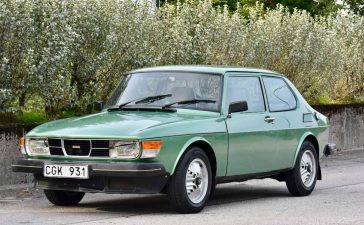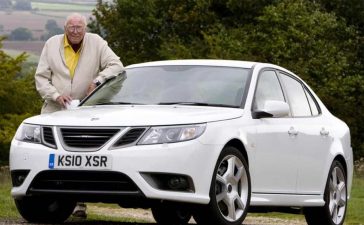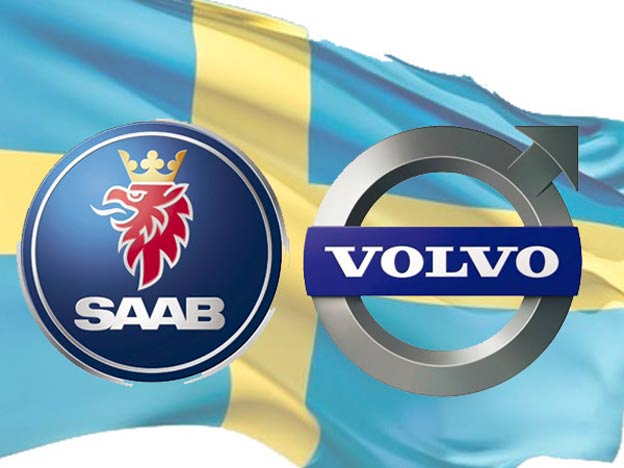Nowadays, when fuel prices are skyrocketing around the world, it wouldn’t hurt to save a little when we drive our Saab cars. As for Saab cars with gasoline engines, they know how to be very “thirsty“. But with Saab diesel engines, the situation is much more favorable because they are very economical.
However, with Saab diesel engines, you should pay attention to the ecological additions to the engine such as DPF, EGR valves, or the intake manifold – because these additions to the engine must be completely correct and functional in order for fuel consumption to be normal.
Table of Contents
Reduce Fuel Consumption
With a few tricks and tips, you can quickly and efficiently reduce fuel consumption – as part of the fight against record prices at gas stations!
The price of gasoline is currently around 2 € in Europe, while in the USA drivers have to shell out almost 5 dollars per gallon, and diesel is often more expensive than gasoline. But did you have hope that the prices will decrease? According to forecasts, fuel prices will certainly not decrease in the near future.
On the contrary, it is expected that fuel prices at the pumps will reach new record levels every next week. So what should we do? In addition to using the car less often, driving more economically is the most effective method of mitigating the impact on the wallet of this “price explosion”. Auto-moto associations across Europe have started holding training sessions for drivers to show them how to reduce their car’s thirst for petrol or diesel – up to 20 percent.
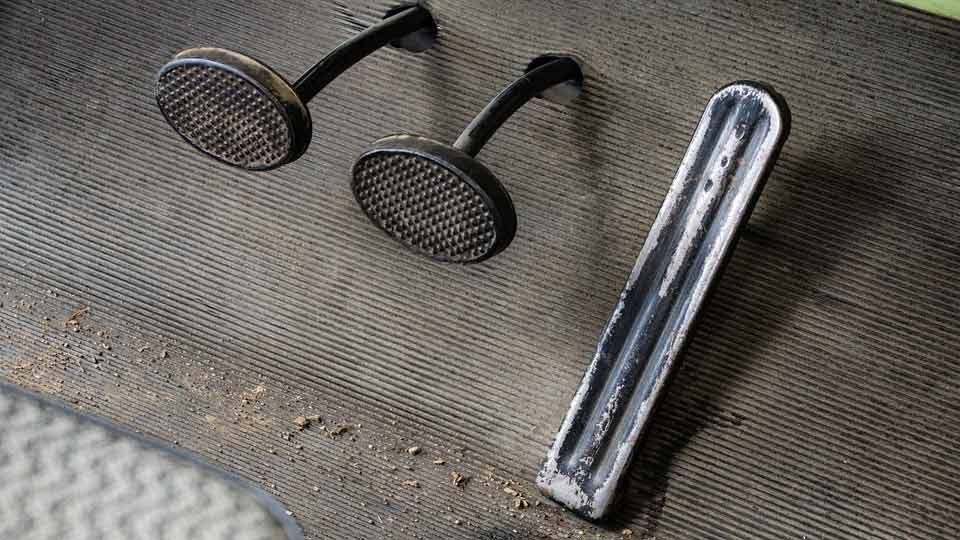
An Anticipatory Driving Style
The focus is especially on an anticipatory driving style, i.e. on maintaining the distance and early shifting to a higher gear, in order to maintain the engine speed in the optimal range.
Instead of this practical training and learning to drive economically, we have put the five most important items for saving fuel in one place, and we advise you to look at the current consumption more often when driving, so you will see for yourself which driving style gets the most fuel out of your pet.
In addition to significant savings, this way you also protect the environment (due to lower CO2 emissions), and contribute to preserving the value and longer life of your Saab car.
5 TIPS FOR SAVING FUEL IN EVERYDAY DRIVING
Not only does a smart driving style have a positive impact, but the technical equipment and condition of the vehicle also play a role in reducing consumption.
These five points are, however, the most important:
TIRE PRESSURE
If the tire pressure drops, fuel consumption increases by up to 10 percent. The tire pressure, which is reduced by only 0.3 bar, increases rolling resistance and causes unnecessary additional fuel consumption.

TIRES
Did you know that tires account for up to 20% of your vehicle’s fuel consumption? For this reason, the labels found on new tires also include a fuel saving clause, which promises low rolling resistance. Depending on the rolling resistance, their efficiency will range from class A, which indicates the best fuel economy, to class E, which provides the worst consumption. Between classes, fuel consumption increases by approximately 0.1 liter for every 100 kilometers driven.
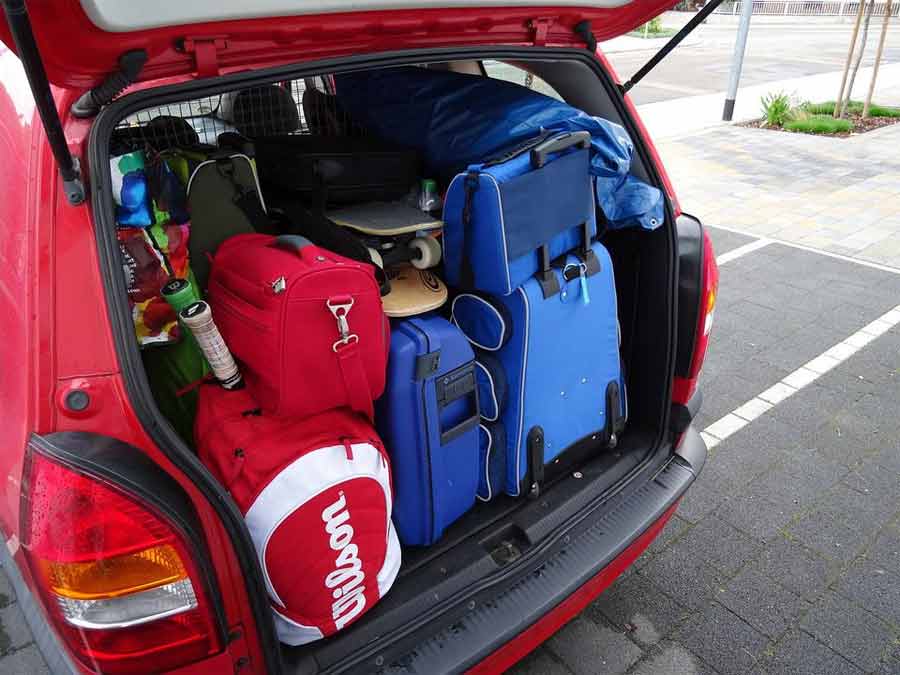
EXCESS LOAD in the VEHICLE
Empty the trunk, get rid of unnecessary things and reduce the weight of your Saab car. Every kilogram costs you more fuel. An additional load of 100 kg (220lbs) means an additional consumption of 0.3 liters.
SAAB CAR MAINTENANCE
Drive your car regularly for service. A new engine air filter or low-viscosity oil ensure good consumption values.
ELECTRICAL CONSUMERS IN THE VEHICLE
Electrical consumers such as air conditioning and heated seats make your car thirsty for fuel. Depending on the model you drive, this consumption can decrease by 0.3 to 1.5 liters for every 100 km driven. If possible, turn off unnecessary consumers.

